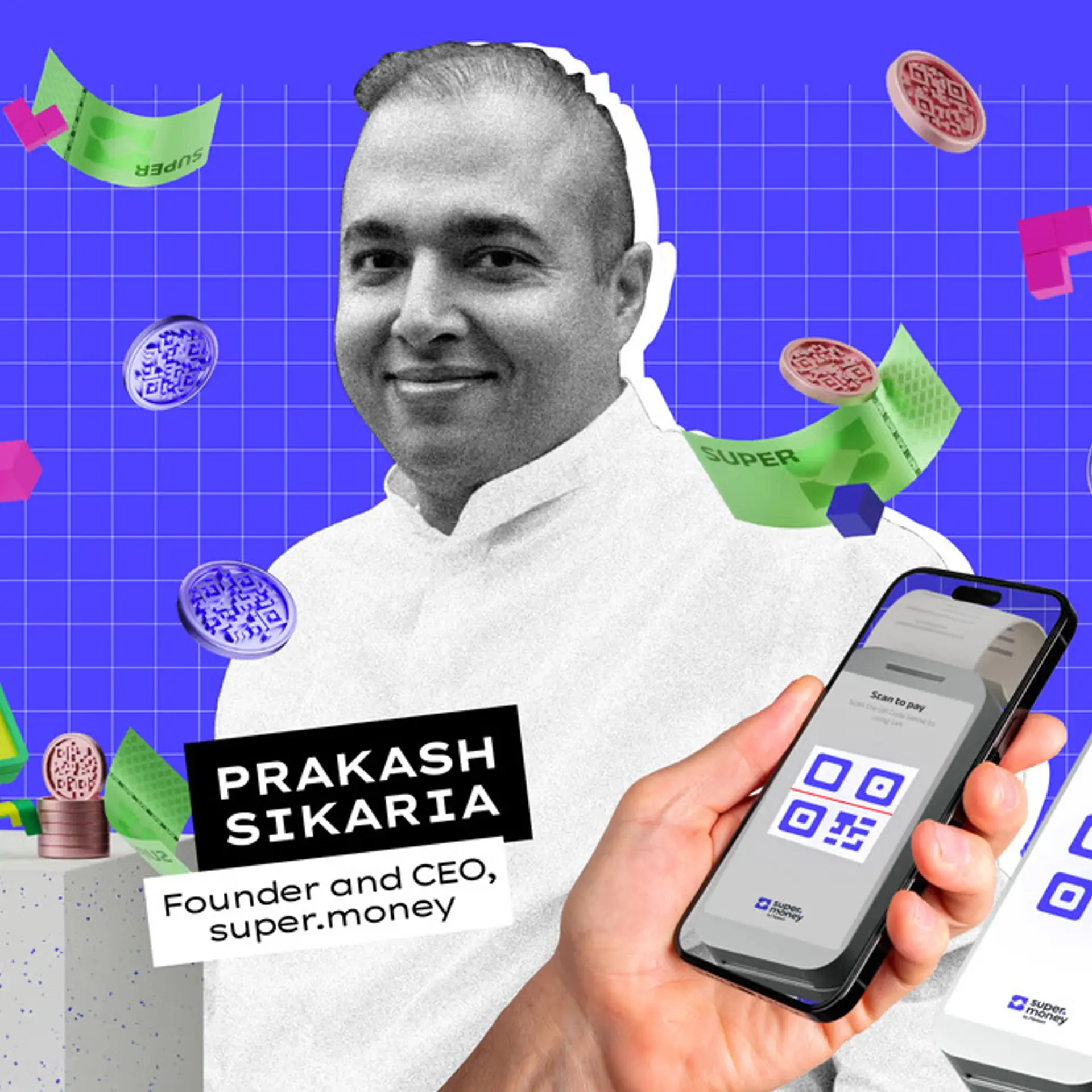First lady officer in the railways, Padma Shri winner, and conqueror of cancer: Dr. Ananda Shankar Jayant
She is that mirthful dancing flame that never for a moment dwindled or dulled on a tempestuous night. She is that lone standing soldier with gleaming armor, amongst the hordes of those already fallen and defeated, on days of reckoning. She is the stray giggle at a funeral of hopes and dreams, some of which may have even been her own. Few women have the spirit that Ananda Shankar Jayant has conjured, even as life dealt her the best and the worst of hands. Between the Ananda that dancing lends to her heart, the meaning that the myths of Shankar and Durga lent to her being, and the strength that her soul mate Jayant lends to her life – she has fared across a journey of achieving, shining, having her world threatened to be snatched away from her, holding on till the clouds cleared, only to shine like the light of the sun again.
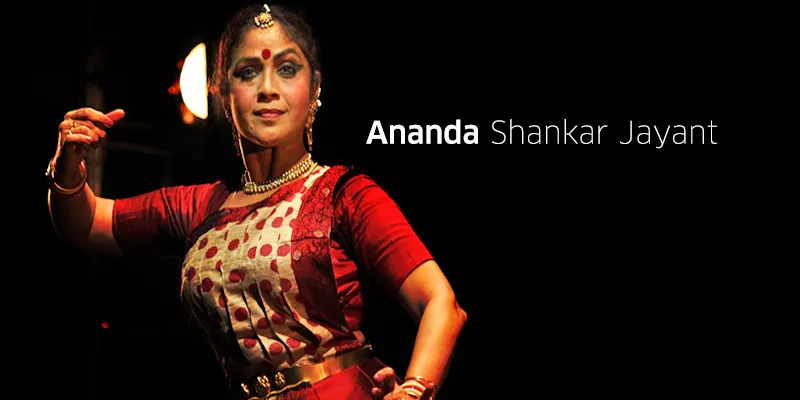
The first three decades of her life were marked by the Ananda that she derived when she was introduced to dance and when dance, in turn, introduced her to untainted joy. This soon turned to a thirst for more and eventually manifested itself as a means of expression, an identity and a purpose to her life when she found herself at a crossroads. Having been introduced to dance at the age of four, she was at her mother’s knees when she was persuaded to try her hand at it. That moment, vivid in her memory in all its serendipity, had repercussions on the entire scheme of her existence. “My mother; and the art form caught me young. At that temple, in that moment; little did I know that dance ; my way to touch eternity,” says Ananda.
Trained at Chennai’s most premier and sought after institutions, Kalakshetra, she completed a six year course, which most abandoned in year three or four. In the course of her training, at Kalakshetra and after, Ananda got acquainted with not only Bharatanatyam, but also Carnatic music, Veena, Choreography, Nattuvangam, Philosophy. She also had the honour of learning Kuchipudi from Pasumarthy Ramalinga Sastry, a legend in the field of dance. “I was 18, an up and coming dancer, and received the government of India scholarship to study Bharatanatyam. So far, there was no deviation from my plan.”
First starting out as a teacher to six young girls upon her completion of the Kalakshetra program, she strongly believed that a formal education had to cushion her career, “People say chase your passion not your pension, but I strongly feel that you must ensure your pension and then enjoy your passion.”
Thus, Ananda went on to procure a bachelors in commerce, and studied a master’s program in arts, history and culture. It was there that she was introduced to the concept of the UPSC exam, as she saw her
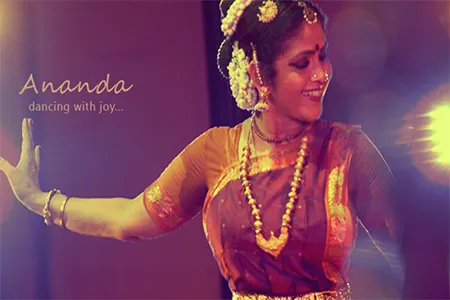
classmates scampering to prepare for them. Not only did Ananda top her university, she also cleared the UPSC exam to be offered a job in the South Central Railway traffic services, as their very first lady officer.“Everybody was ecstatic, but my mother was horrified. ‘Why are you doing this to yourself? Your dance will get messed up. I haven’t made all these sacrifices in my life to see you give up dance,’” says Ananda.
She assured her mother that her dance will never take a backseat. Thus began the grind.
By day, she was the lady officer in an all boys club who was either addressed as sir, or addressed as ‘baby’, as people could not fathom that she was a women doing a man’s job – train inspections, assessments of accident sites, control room duty where she would accept calls about technical complaints …. Callers would assume they dialed a residence by mistake, and people at sites mistook her for the daughter of a male officer.
“I didn’t go with the attitude that I am a woman in a man’s world. I left my gender at home.”
She moonlighted as a danseuse, and summoned that part of her soul that would only come alive when immersed in motion while betrothed to raga. “Then began the negotiations. Negotiating with work, negotiating with friends and family, negotiating with myself – to go the extra mile and do justice to both my endeavours. But it all fell into place. I would practice three hours a day and have weekend recitals, when I was off work.”
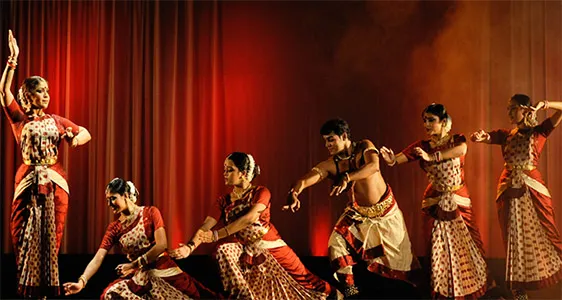
It was while she was this multi-tasking multi-faceted maestro that she gave the world some thought-provoking works of art, which were all well ahead of its time. “Sri Krishnam Vande Jagadgurum, Buddham Saranam Gachchami and Thyagaraja Ramayanam, Taala Patra had a folk touch with a deep sense of spirituality. Shringara Darpanam, and Sri Rama Namam – Entha Ruchi Ra celebrated mythology.” Her ‘What about me’ was an artist’s take on gender issues.Awards and articles in the papers became a regular companion, as tales of her art traversed various circles. Heavily celebrated as a fiercely passionate dancer, the Padma Shri, India’s fourth highest civilian honour, was awarded for her versatile contribution to the field of dance.
Her life was at its peak, and she had everything to lose when the news came.
“Right before I was leaving for my USA tour, I felt a slight lump on my breast. Annoyedly, I went for the mammogram I had been putting off for a while.” She took off on her two-week trip, after giving the reports to be examined to her husband. Upon her return, she saw him waiting for her at the Bombay airport itself, instead of the Hyderabad. “I asked him where all this romance was springing from after 17 years of marriage, but in my heart of hearts, I knew something was the matter.”
“My mammogram needed ‘attention’ they said, which was basically a euphemism for it being cancerous and malignant.”
Crushed in her husband’s tight embrace, she asked him if this was it. “He told me it wasn’t, if I don’t want it to be.”
I said three things to myself, and out loud, so I know it I cannot back out from it.
“One: Cancer is just one page of my life; I will not allow it to become the whole book.”
“Two: I will ride it out; I will not allow it to ride me.”
“Three: I will never ask, ‘why me?’”
With the groundwork set, she was ready to take on almost anything that cancer threw at her. But not what the doctor proposed – that is, to take a break from dance to undergo treatment, because chemo and radiology destroys not only the miscreant cells but also the good one, thus rendering you gasping for breath even after climbing a staircase. Dancing for three hours long recitals seemed unfathomable.
But Ananda was adamant. “If you take a break in performing arts, you’re dead. Moreover, I didn’t want to
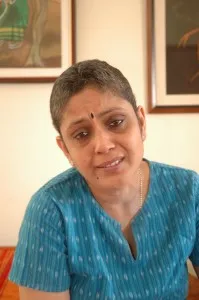
take a break – I can’t not dance,” she said. “I used to bargain with my oncologist – ‘I have a performance, can we do chemo on the next day?’ He thought I had lost my marbles, putting my dance before my treatment,” she recalls.
She went into surgery on July 7, 2009. “I went into it like I would into a performance. Went to the parlour, got a manicure, pedicure, and got my hair done. That’s another theatre I would dance in, this is another one I am going to go test myself in. After it got over, I even put my dress on, wore a bindi and my lipstick, and asked the doctors, ‘how did I do? Did I do all right?’”
Within two days of the surgery, she was back to the grind – organising events, training students in her academy, preparing for shows to tour the world. Dance kept her not only distracted, but also ensured that her life does not revolve around her cancer, but stays about everything else she cherished. Yet, there were days when the reality of it all caught up with her, and stripped her of her joie de vivre. “I have had my bad days. I would rest for three days, but on the fourth day my husband would drive me out of the house and ask me to get back up on my feet. Keeping my mind off the enormity of it was the trick.”
Her husband had a beautiful analogy to help her undergo chemo painlessly. “My husband said, look at chemo as amrit. What makes you think amrit wouldn’t have side effects, that it will be sweet?”
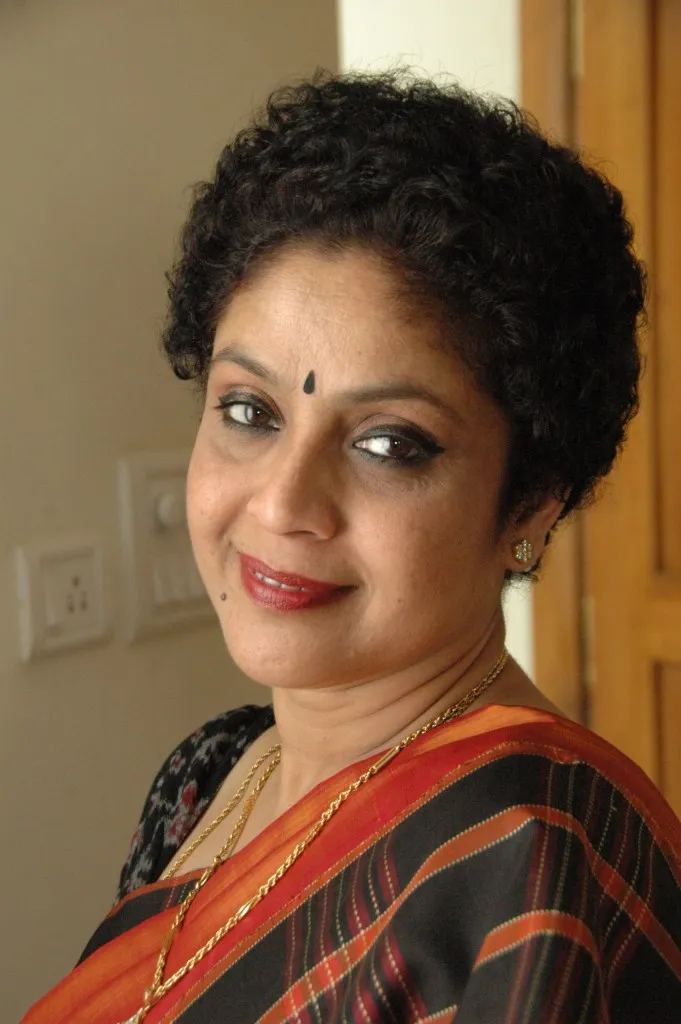
She discovered another analogy; one that she knew all along, but found new meaning in during this trial of her spirit. “I went into chemo and I had this image in my mind – Durga, so aggressive, with so many arms. We often performed dances in praise of her. But today, I saw Durga not as a goddess on a pedestal, but as a symbol of what everyone can be. I saw my 18 arms, being held by all my well-wishers – my doctor, radiologist, chemotherapist, oncologist, my family, my husband, my dog, my dance…. And the lion? Well, that is you, your strength, no? Your inner resilience, core power is your lion.”
Most importantly, she remembered to keep her humor intact. “I LAUGHED! I made a joke of my ridiculous situation. The more you get embarrassed, the more people will embarrass you. The key is to talk about it. Once I went out without my wig, when an officer I ran into asked me, ‘Thirupathi?’ I replied, ‘No, chemotherapy!’
She made it a point to talk about her problem and with an air of utter normalcy. Her TED Talk on cancer is rated the best TED Talk delivered by an Indian. Soon, people realised she was no victim or survivor, but a conqueror. Today, she is cancer free, serving with the railways as that gutsy madam among the sea of sirs, and she is dancing; her movements narrating her story as buoyantly as ever.






